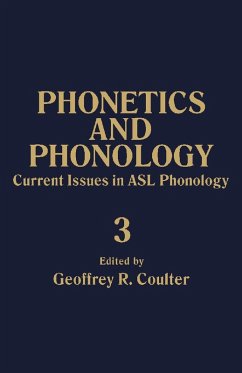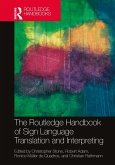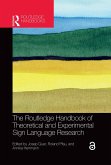Phonetics and Phonology, Volume 3: Current Issues in ASL Phonology deals with theoretical issues in the phonology of ASL (American Sign Language), the signed language of the American Deaf. These issues range from the overall architecture of phonological theory to particular proposals such as the nature of syllables and the reality of underlying "dynamic" or "contour" elements. The seemingly universal preference, CV (consonant-vowel) as opposed to VC (vowel-consonant) syllable structure, is also discussed. Comprised of 14 chapters, this volume begins with some general background on ASL and on the community in which it is used. It then looks at secondary licensing and the nature of constraints on the non-dominant hand in ASL; underspecification in ASL handshape contours; and the nature of ASL and the development of ASL linguistics. The applicability of the notion of "phonology" to a signed language and the sort of questions that can be explored about the parallelisms between signed and spoken linguistic systems are also considered. Later chapters focus on the linearization of phonological tiers in ASL; phonological segmentation in sign and speech; two models of segmentation in ASL; and sonority and syllable structure in ASL. The book also examines phrase-level prosody in ASL before concluding with an analysis of linguistic expression and its relation to modality. This monograph will appeal to phonologists who work on both signed and spoken languages, and to other cognitive scientists interested in the nature of abstract articulatory representations in human language.
Dieser Download kann aus rechtlichen Gründen nur mit Rechnungsadresse in A, B, BG, CY, CZ, D, DK, EW, E, FIN, F, GR, HR, H, IRL, I, LT, L, LR, M, NL, PL, P, R, S, SLO, SK ausgeliefert werden.









